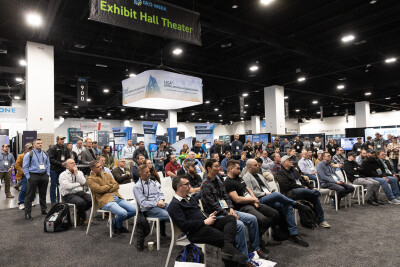
I started out my professional career as a GPS technician, and for the first year or so I was obsessed with accuracy. Due to the nature of GPS at the time (late 1990’s) it didn’t really matter to me what the scope of work required. I did what I knew was necessary to obtain the most accurate results possible and it always exceeded the scope.
Then, we landed a project where the client pulled out some blue–book GPS standard from the earliest days of GPS. This scope required me to occupy a single position for three, six hour, sessions over a 72-hour period. Now this made sense when there were only a few hours per day with sufficient satellites above the horizon to get a fix, but by this time we could collect for 10 hours per day!
Being eager to help I simply followed the scope anyway. The problem came when I started processing the data. When I compared my results after one session to the aggregated results after 72 hours, the difference was less than the accuracy required by the project. In fact, the client had paid for two and a half days of service that was totally unnecessary to meet his needs. However, I did exactly what he requested, at a cost he was willing to pay. So, does that make it right?
When it comes to laser scanning, I have been much more forthright with addressing the issue of accuracy with my clients. I often discuss it in terms of “Mapping Grade,” “Engineering Grade,” or “Archaeological Grade.” I know those are ideas rather than numbers but let’s be honest, a lot of clients couldn’t show you the difference between a centimeter and a millimeter. Early on, I lost quite a few jobs because I quoted what was necessary to meet the accuracy standard instead of talking the client into a lower standard in order to reduce the cost (and win the job). Perhaps I was more interested in the challenge of solving the problem at hand than the business challenge of making money but to be honest, I probably just assumed that the client knew what he needed better than I.
As we have moved more into the architectural space and Virtual Design & Construction (VDC) I have firmly dispelled myself of this notion. Unfortunately, it has been due to experience! Essentially it seems that while the client may know what he/she needs, they may only be one of several subcontractors that are all while depending upon your data, but working with differing standards. And so the question again presents itself. Do I do the best job that I can and only perform those jobs that allow me to do so; or, do I perform the scope of work as provided by the client and let the chips fall where they may?
This may be a blog devoted to advice but I’d welcome your input on this one because I seem stuck on dead center. However, I’m developing a list of where to draw the line that I’m happy to throw out there for consideration.
- Site Control: If I know the client I will push really hard for dimensional control with a total station, level looped, and everything else for accuracy. It’s pretty easy to help a client understand that nothing will ever be more accurate than the foundation upon which it is built.
- Scan Control: Here I still acquiesce. If they want to uses cloud to cloud are target to target I’m willing to play, but I have started adding a lot of language to the proposals. Essentially, I’m trying to get the client to understand that while this will save money today, it severely limits VDC options moving forward.






